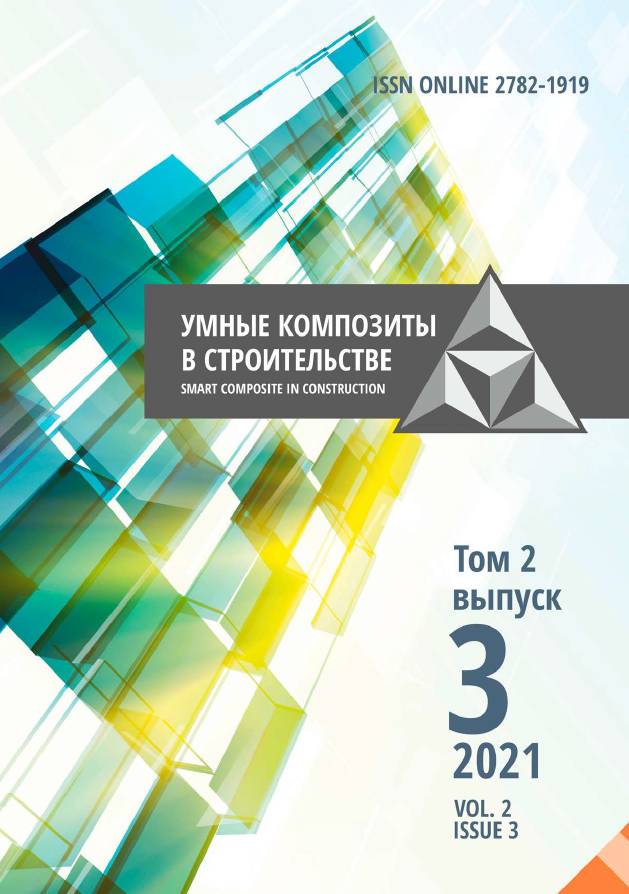Yaroslavl, Yaroslavl, Russian Federation
We study the specific features of new public building construction types in post-revolutionary Russia in Ivanovo-Voznesensk in 1920–1930s. That time the city acquired the administrative status of the centre of new life. This status meant the development of appropriate infrastructure and the integration of the urban area into a plan to realise world-class architectural and engineering ideas. The plans of the socialist construction provided for a complex architectural design of the city, which represents «the ideology of the proletariat» and «powerful tool of class struggle». The active development of textile production and the growth of the urban population along with the transformation of the national way of life caused this change. The projects of the country's leading and local architects, focusing on the functional and structural basis of buildings, laid the foundations of the constructivist manifesto in Ivanovo-Voznesensk, the birthplace of the First Council of Revolutionary Russia. This article considers architectural propaganda projects - factory and housing estates that were designed as ideological centres of urban space.
constructivism, architectural projects of Ivanovo-Voznesensk, ideology, “House-bullet”, “Horseshoe”-house, “House-ship”, the Spinning building of the factory “Krasnaya Talka”, the building of F.E. Dzerzhinsky factory
1. Petrova E.S. Soviet Constructivism. The Heritage Institute Journal. 2019. N 4 (19). URL: https://cyberleninka.ru/article/n/sovetskiykonstruktivizm (in Russian).
2. Starkov I. Textile experiments of Popova and Stepanova. Arzamas.academy. URL: https://arzamas.academy/materials/43 (in Russian).
3. Lizon P. Palace of the Soviets: Change of Direction in Soviet Architecture, 1920-1940. Passeggiata Pr. 1989. 244 p.
4. Oswald A., Meuser Ph., Krikaljow S. Architektur für die russische Raumfahrt vom Konstruktivismus zur Kosmonautik: Pläne, Projekte und Bauten. Berlin: DOM Publ. 2013. 411 p.
5. Gabo N. Constructions for real life. Tate Publishing. 2020. 155 p.
6. Sedova L.A., Kuprina A.M. Monuments of constructivism in Ivanovo: constructivism in action. Materialy` VIII Mezhdunarodnoj studencheskoj nauchnoj konferencii «Studencheskij nauchny forum-2016» URL: https://scienceforum.ru/2016/article/2016025586 (in Russian).
7. Districts of the Ivanovo industrial region. Part. 1. Economic characteristics. M.-Ivanovo. 1933. 296 p. (in Russian).
8. Lichak N.A. The destruction of monuments of church architecture in the Ivanovo-Voznesenskaya province in the 1920s-1930s. Izvestiya TulGU. Gumanitarny`e nauki. 2010. N 2. P. 83-91 (in Russian).
9. The spinning factory "Krasnaya Talka". URL: https://kartarf.ru/images/heritage/1080/2/25641.jpg
10. The factory named after F.E. Dzerzhinsky. URL: https://culture37.ru/wpcontent/uploads/2017/07/DSC_0246-1-1024x685.jpg
11. Timofeev M.Yu. The hidden constructivism of Ivanovo-Voznesensk. Russkoje iskusstvo. 2016. N 1(49). P. 16-23. URL: http://www.rusiskusstvo.ru/content/files/2016_1/Full/16- 23_Timofeev%20f.pdf (in Russian).
12. Ivanovo. The objects of interest. "House-Ship". URL: https://aviamir.ru/Dostoprimechatelnosti/dom%20korabl.jpg
13. Ivsel`bank building. URL: http://theconstructivistproject.com/upload/images/69/cc /69ccad92987b03965b3a341e6ae58899.jpg
14. Construction of the old Ivanovo Circus. 1933. URL: https://pbs.twimg.com/media/CHjN6UBXAAAvSWT.jpg
15. Timofeev M.Yu. From ‘red Manchester’ to ‘red Disneyland’: constructivist architecture and the representation of Ivanovo. Quaestio Rossica. P. 72-92. URL: https://elar.urfu.ru/bitstream/10995/41248/1/qr_3_2016_ 05.pdf (in Russian).
16. Karpov V.V. Typology and ideology. Moses Ginzburg revisited. Academia. Arkhitektura i stroitel`stvo. 2013. N 3. P. 5-18. URL: https://cyberleninka.ru/article/n/tipologiyai-ideologiya-vozvraschenie-m-ya-ginzburga (in Russian).
17. Shakhnov I.E. The best examples of Soviet architecture in the style of constructivism of the 1920s in Ivanovo-Voznesensk. Creative career of the architect S.A. Minofyev. Arkhitektura i stroitel`stvo Rossii. 2014. N 4. P. 15-19 (in Russian).







